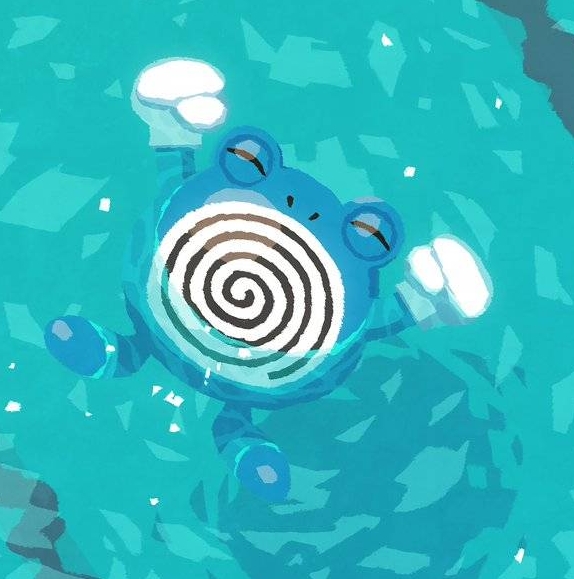Fun fact: this is how they separate oxygen, nitrogen, and argon from air. You cool it to a liquid, and the. Slowly heat it back up. Nitrogen boils off first around 77K, then Argon around 83K, then Oxygen at 90K.
I find this so cool, even though it’s like “oh yeah. Just like distilling alcohol or petroleum”… But… Like super cold…
We can also prove its existence scientifically. We can detect by testing for it. We can chemically react it with other elements. There are lots of things we can’t see with our eyes but we know exist through scientific study.
So far no test for god has been developed. We just have an old book that claims bats are birds to go by.
I almost buy the philosophical argument that there must be a first mover, but I can’t understand the incredible leap of faith people make to have such specific beliefs. Like how did we get to the point of “how many angels can dance on the head of a pin?” and prosperity doctrine wackiness?
Honestly, the first mover argument just looks like “turtles all the way down” to me. It explains nothing, because it doesn’t even care to explain this first mover. It’s just one more turtle.
Hence, if the correct answer is “we don’t know”, we don’t need the leap of faith to a first mover we know nothing about, we can just say “we don’t know” and they don’t either.
someone find God and freeze him at -218°C then finally some mysteries of the universe can be settled.
Liquid oxygen is way too pretty to be as dangerous as it is
ELI5, Why is it dangerous?
On top of being dangerously cold, it’s oxygen, so it helps stuff burn easily. I might have overestimated the dangers of it, I thought I’d read that it can ignite some flammable materials on contact but I was apparently wrong. It seems like it just makes fires a lot easier to start (on account of there being a lot of oxygen in liquid oxygen)
The funny thing is that we actually see oxygen, but as a gas it’s so dispersed that it’s almost fully transparent.
In theory, if you could press enough air into a tight enough volume (like, say, 1 cubic meter of air into a 1 cubic centimeter), you’d get a similar result.
Okay, but if you press god into a tight enough volume (like, say 1 cubic metre …
!lol kidding!<
I mean, the reason the sky is blue is due to the atmosphere’s effects on light and the fact that it’s not fully transparent.
Earth’s atmosphere is also the reason why we see some stars flickering. The light of the star is constant, but our atmosphere creates diffusion, so some of the photons don’t reach our retinas. Technically, if you and your next door neighbor look at the same star, it’s flickering for both of you, but the flickering is not synchronous since position of observation matters.
The fact that blue light gets scattered by the atmosphere is due to the fact that there’s just so much of it and not bcoz the atmosphere inherently is non-transparent
So the atmosphere interacts with light because it’s there, not because it interacts with light??
I’m saying if the atmosphere was smaller, scattering would be less and blue colour may not appear. So the blue colour is not because the atmosphere is “not entirely transparent” like the commenter said, but because there is enough of the atmosphere that the scattering effect is prominent.
And yet, if the atmosphere was fully transparent, there would be no scattering of light. The blue colour is an effect of the amount of air, but there would be no colour at all if air was fully transparent.
That is funny. According to you, for a medium to be called “fully transparent” there has to be no scattering of light. By that definition, water and air are not “fully transparent”. I’m not sure if such a material exists that doesn’t scatter any amount of light.
Correct. The only substance I can imagine being completely transparent would be some kind of dark matter. Everything else still interacts with light, no matter how little. Even deep space isn’t completely transparent, as we can tell what elements exists as interstellar and intergalactic dust from spectrographs.
Atmospheric absorption spectrum - We can see (heh) that the atmosphere is completely opaque to most electromagnetic radiation before scattering. Only some microwaves and short radio waves can pass without any absorption.
Atmospheric transmission spectrum - We can see that not even 60% of visible light is transmitted to the surface directly due primarily to scattering losses. That scattered light is why our sky is blue during the day and orange at sunset/sunrise. Mars’ atmosphere is orange during the day and blue at sunset/sunrise for the same reason.
The physics of light scattering doesn’t change based on how much atmosphere you have, even a single particle can scatter light. In fact, the physics of scattering is based on single particles, and the particle size is what differentiates Rayleigh scattering from Mie scattering. Other interactions with the incident particle can cause Raman and Compton scattering too. None of these need multiple particles.
By that definition, water and air are not “fully transparent”. I’m not sure if such a material exists that doesn’t scatter any amount of light.
That seems to be the scientific consensus, yes. It’s like friction, no material is truly frictionless just like no material is truly completely transparent. The ocean gets real dark once you get deep enough which does seem to suggest that water is not fully transparent.
You don’t actually have to chill oxygen to see it, you can also just blow bubbles underwater.
Aren’t you just seeing the lack of water rather than actually seeing the oxygen?
And what is inside the bubbles instead of water?
nitrogen – 78%
oxygen – 17%
carbon dioxide – 4%
other gases - 1%
God is everything in this photo, everything.







